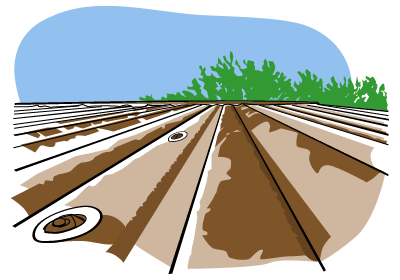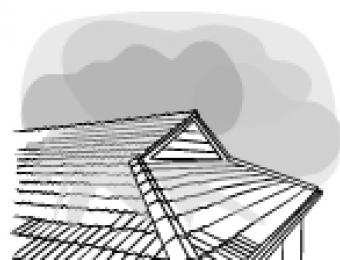
What is swarf?
'Swarf' is the term given to the scrap shavings of metal which are created when metallic building materials are cut, ground down or drilled into. The term 'swarf' can also include bits of metal like rivet shanks, nuts, screws and nails, or any other small metal by-products of the building process.
Swarf is often found on roofs after their installation, when maintenance is performed, or when penetrations are made. Metal swarf splinters are sharp, and can be harmful if they pierce your skin.
It's the installer's responsibility to ensure that swarf is removed after installation is complete.
Swarf and roofs
More importantly perhaps, metal swarf splinters can also cause ugly stains on metal roofs, giving the impression that the roof is rusting prematurely. Roof stains occur when the deteriorating swarf comes into contact with metal roofing material. In serious cases, swarf has been known to initiate corrosion on the metal roofing material itself, destroying the roof.
Another major problem related to swarf is unevenly cut edges on metal roofs. If the edges aren't completely straight, have jagged protrusions or are left with chipped paint or similar imperfections, this can easily become a starting point for premature corrosion.
What do swarf stains look like?
Fresh swarf stains on your roof can be identified as small, localised reddish brown areas with a dark spot in the middle, which is the remains of the bit of steel. Older swarf stains are smooth red-brown corrosion marks.
How to prevent swarf stains
- Cutting methods - To prevent swarf stains and corrosion, the installer needs to be conscientious when cutting into a metal roof or performing any kind of roof maintenance. If possible, they should avoid using friction blades as these create the most swarf.
- Prevention - The roof can be masked with building paper to prevent swarf coming into contact with the roof metal.
- Cleaning up - At the very least, swarf should be cleaned up by the installer at the the end of the day. If a lot of swarf is being created, cleaning should be undertaken more regularly. This should be performed thoroughly and carefully, with a broom and a hose.
How to remove swarf stains
If you have swarf stains on your roof, contact your installer to come and fix the problem. It's the installer's responsibility to ensure that your roof is free from swarf during and immediately after installation, and if swarf has been left on your roof then it's also the installer's responsibility to deal with the resulting damage.
Minor swarf stains should be easy for the installer to remove - this is often done with dish washing liquid. The installer should be wipe the stain affected surface very gently, so as not to create scratches where corrosion might take hold.
Never climb onto the roof yourself. Falls from roofs account for many injuries each year, and often result in paralysis or death.





